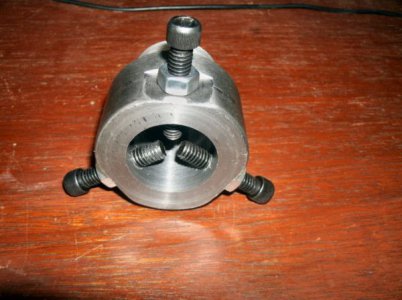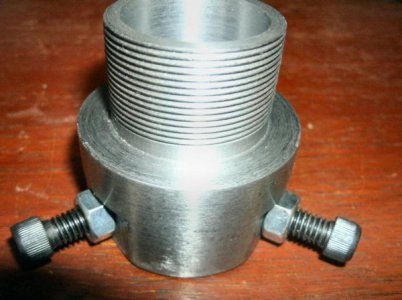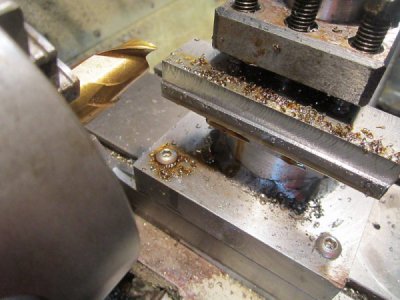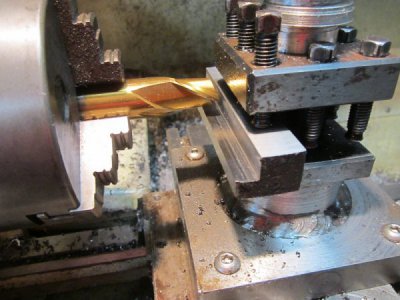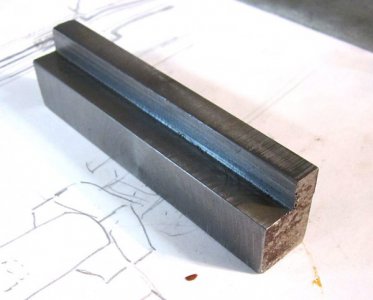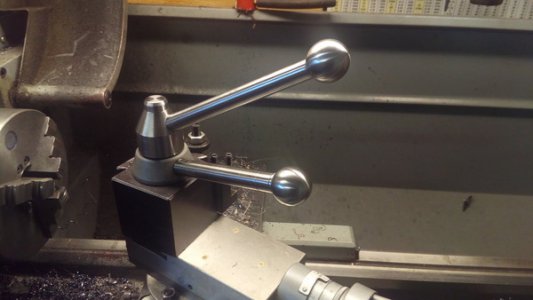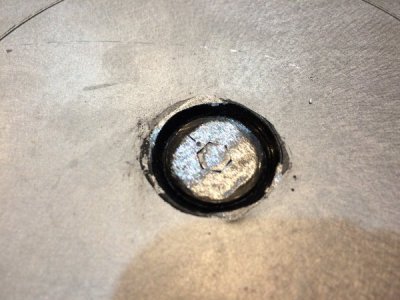- Joined
- Apr 21, 2015
- Messages
- 894
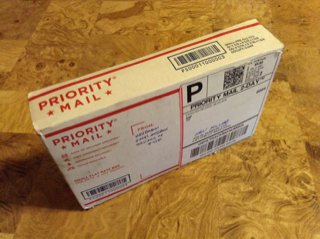
Christmas came very early this year.
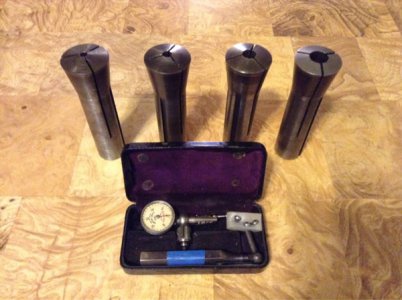
I realize that a set of four R8 collets won't excite most people here, but it's very cool for me. I posted in its own thread about my brother offering to pass his RF-30 type mill on to me, but not having any tooling for it, and an incredibly generous user here contributed his extra collets and, quite unexpectedly, a Starrett Last Word dial test indicator. Not sure if he wants to be named so for now I'm not going to (and I assume the image is too small to read it here).
Now I'm wishing I had worked on the mill stand instead of the grinder with my one hour in the shop today.


